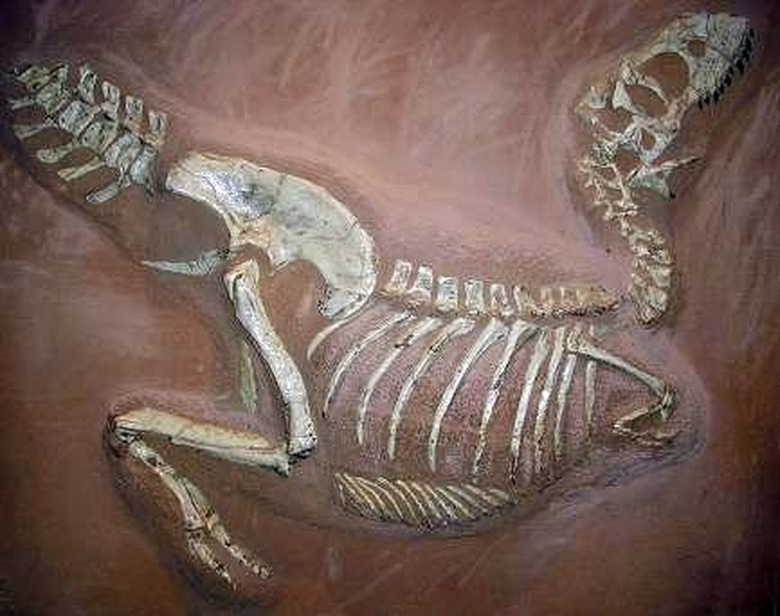What Is The Principle Of Fossil Succession?
Fossils are the remains of once-living organisms, and most fossils are remnants of extinct species. Since life on Earth has changed through time, the kinds of fossils found in rocks of different ages will also differ. Together, these concepts formulate the principle of fossil succession, also known as the law of faunal succession. Rocks from different areas with the same kinds of fossils are from the same age.
History
History
William Smith, an English surveyor and civil engineer working in the late 1700s, is credited with discovering the principle of fossil succession. By 1796 he noticed that strata were always found in the same order of superposition (order in which rocks are placed above one another), and that each layer, wherever it was found in the region, could be characterized by its unique fossil content. Soon, Smith was able to assign any fossil-bearing rock its stratigraphic position using the knowledge he gained from previous study.
Smith did not subdivide rock successions on the basis of fossils alone. He defined and named units according to their lithology first. Lithology refers to the physical characteristics of a rock, such as color, mineralogy and grain size. Then, he collected and studied the fossils within. It was not until about 15 years later that rock units would be identified on the basis of fossils alone.
Considerations
Considerations
Fossil-bearing strata occur in a definite and determinable order (vertically) that can be identified over a wide area (horizontally). Rocks formed during a particular interval of time can be identified by their unique fossil content, and distinguished from rocks formed at other times. For example, a fossilized Neanderthal will never be found in the same strata as a fossilized dinosaur bone, because they lived in different geological periods, separated by millions of years.
Biostratigraphy
Biostratigraphy
The principle of fossil succession is the fundamental principle of biostratigraphy. Biostratigraphy is the characterization and correlation of rock units based on their fossil contents.
Dating Rocks
Dating Rocks
The law of faunal succession allows geologists to date the rocks they are studying. The fossils present in a rock unit may provide very useful tools for precise dating. Some species only existed for short, well-known periods in Earth history–their fossils, called index fossils, are especially helpful.
Stratigraphic Succession
Stratigraphic Succession
Using the principle of fossil succession, one can determine stratigraphic succession. Stratigraphic succession is the order in which units of rock were deposited over time. Combining unique fossil assemblages and lithological characteristics, a geologist is able to divide layers of rock in an area into mappable units, as well as better understand the complex history of the Earth.
References
Cite This Article
MLA
Kolak, Marynia. "What Is The Principle Of Fossil Succession?" sciencing.com, https://www.sciencing.com/principle-fossil-succession-5121877/. 24 April 2017.
APA
Kolak, Marynia. (2017, April 24). What Is The Principle Of Fossil Succession?. sciencing.com. Retrieved from https://www.sciencing.com/principle-fossil-succession-5121877/
Chicago
Kolak, Marynia. What Is The Principle Of Fossil Succession? last modified March 24, 2022. https://www.sciencing.com/principle-fossil-succession-5121877/
